One of the things that keep me shooting with film is the distinct nostalgic look it gives my photos. I’m sure that there’s a sustained interest in this visual style not only for photography projects but also for filmmaking.
Fortunately, technology has made it possible for photographers today to get the film look even when shooting digital. The secret recipe, as I’ve found, is using vintage lenses on digital cameras and finishing the shots off with film presets in post. If this is something you’ve been curious about, you may pick up some ideas and tips here!
Adapting vintage lenses on your digital camera
Most of these vintage lenses are not compatible on their own with most modern DSLRs and mirrorless cameras. But, there are now adapters that will let you equip various vintage lenses to any camera. In his quick video above, Mark Holtze explains how it works, which adapters to get for which mounts and why it’s always a great idea to experiment with these old lenses.
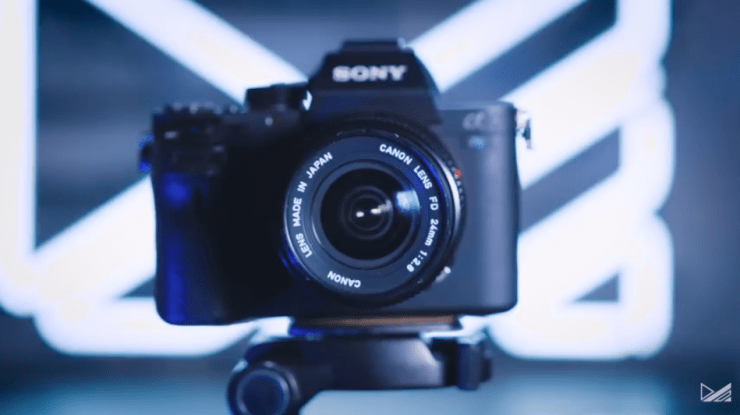
Aside from the obvious benefits of added character and unique effects for your shots, I also agree with Mark that this is an affordable way to learn how different focal lengths work.
Another advantage is that you can also use these vintage lenses for creating videos; so if you also shoot videos on the side, you can add this to your filmmaking toolbox. The downside is you’ll need to manually set the aperture and focus on these lenses, but it’s a small inconvenience given all the creative opportunities this method opens up for you!
Great examples of film look for digital portraits
Whether you’re learning about this approach for the first time or want to see how good it can look, the portraits of Turkey-based Mohammad Moeini make great examples. He took these gorgeous portraits using a Sony a7 with a vintage lens, though he didn’t specify which. To complete the nostalgic look, he applied some presets with different color palettes to achieve different moods.
.mgl-tiles { display: none; } #mgl-gallery-634d6b0c3fa48 { margin: -5px; width: calc(100% + 10px); } #mgl-gallery-634d6b0c3fa48 .mgl-box { padding: 5px; } @media screen and (max-width: 768px) { #mgl-gallery-634d6b0c3fa48 { margin: -5px; width: calc(100% + 10px); } #mgl-gallery-634d6b0c3fa48 .mgl-box { padding: 5px; } } @media screen and (max-width: 460px) { #mgl-gallery-634d6b0c3fa48 { margin: -5px; width: calc(100% + 10px); } #mgl-gallery-634d6b0c3fa48 .mgl-box { padding: 5px; } }

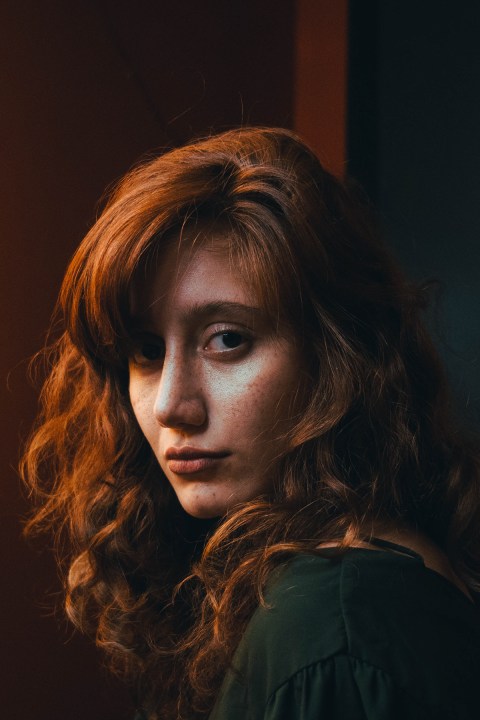
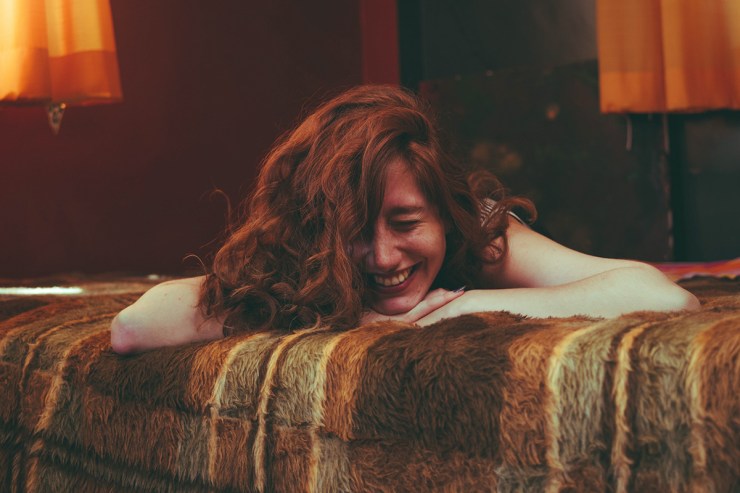
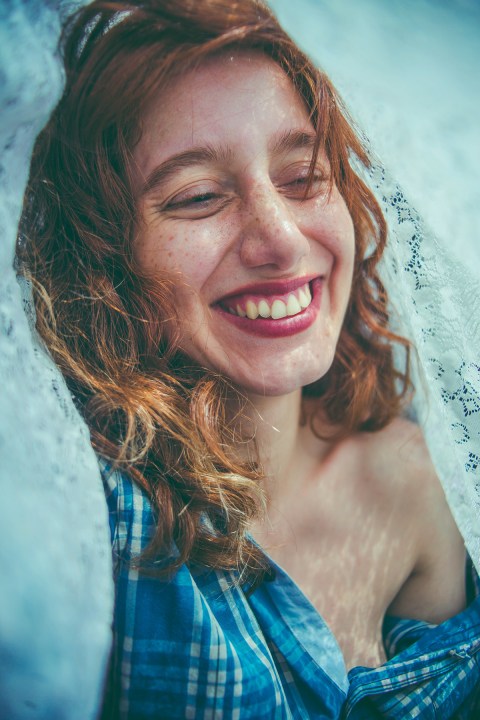
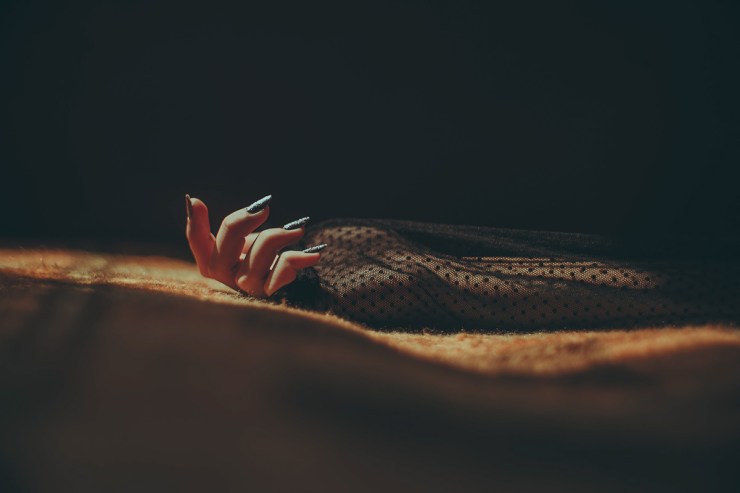
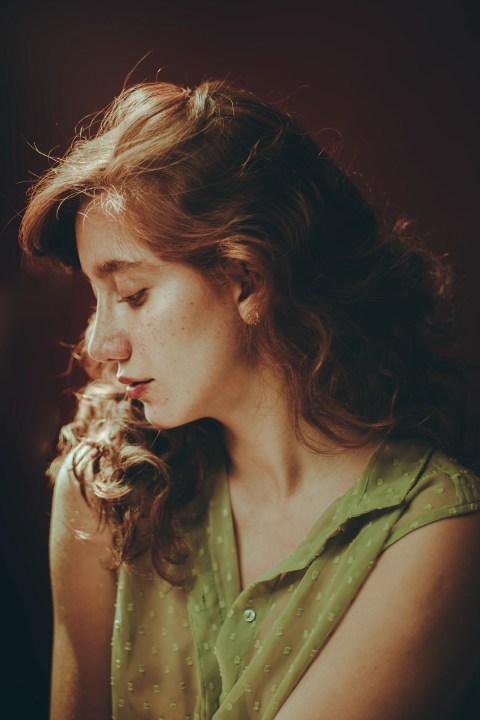
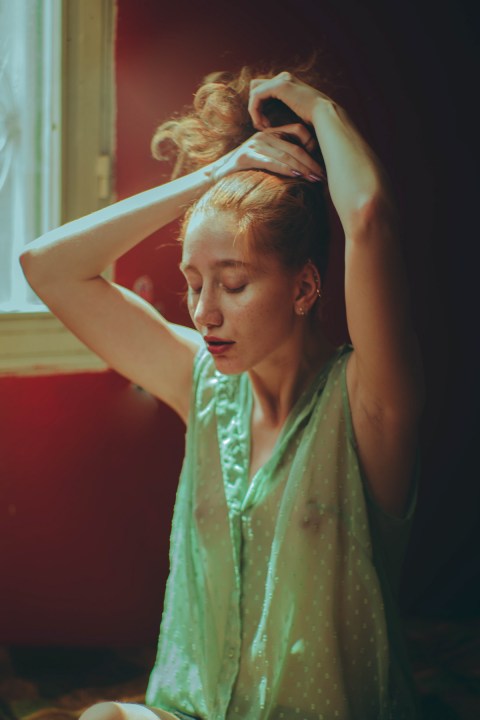
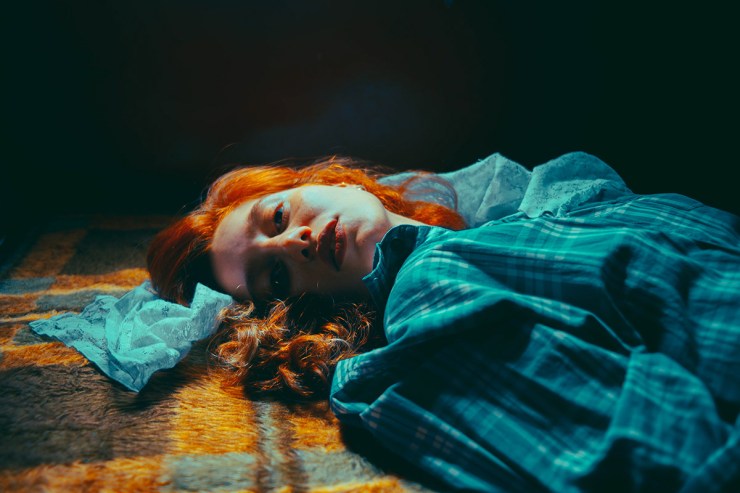
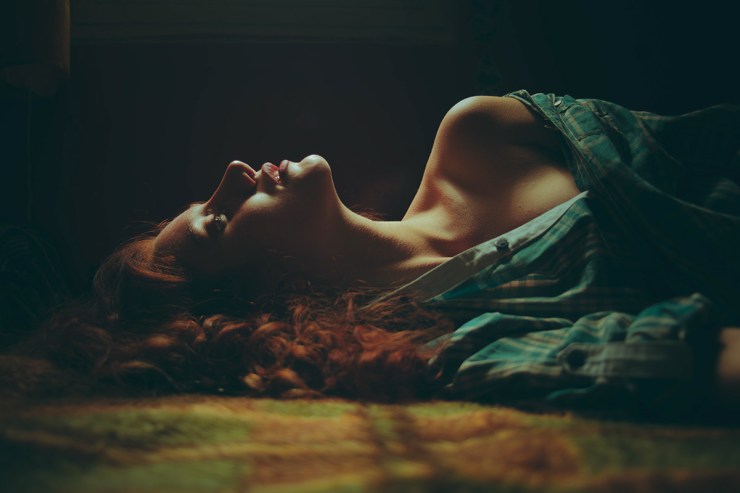
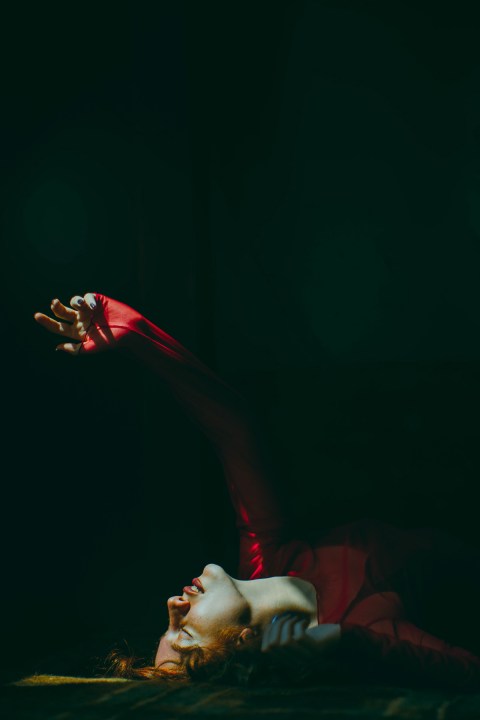
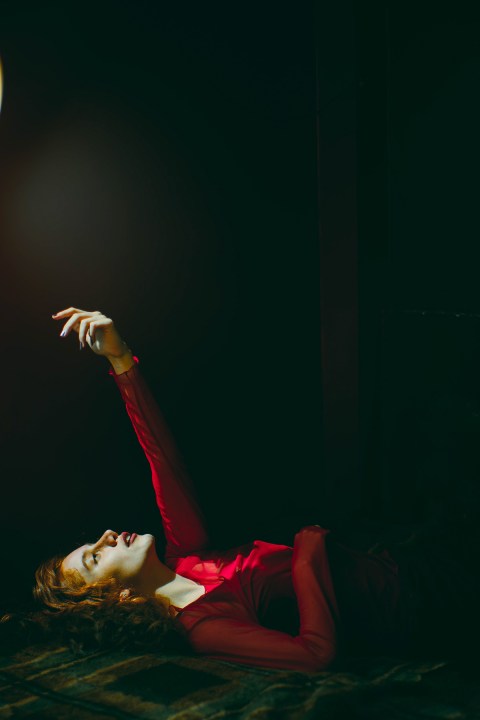
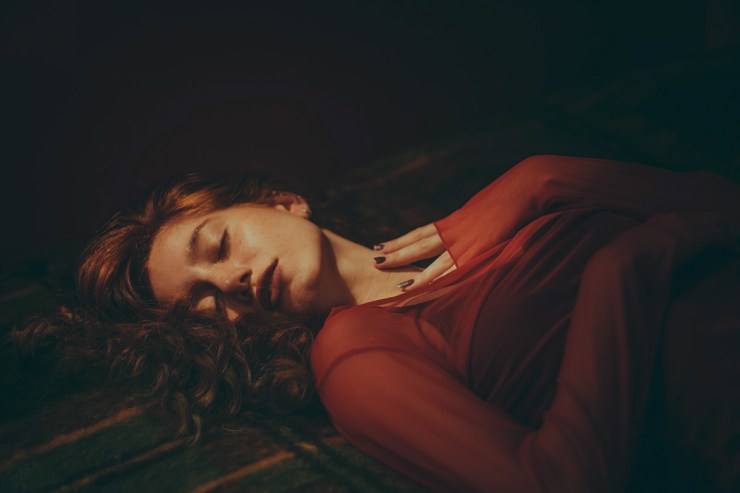
There are now many film style presets available out there so you won’t be short of choices. They most likely look different from each other, being the photographer’s own interpretation of the film look. Pick one or two to start with, compare the results and maybe even make your own presets once you’ve familiarized yourself with the film look.
If you really want to master this visual style and make your digital snaps as close to the real thing as possible, it can’t hurt to experiment with shooting film as well. If you manage to grab some vintage lenses, it most likely won’t be difficult to find a working body and a bunch of films!
Don’t forget to visit Mohammad Moeini’s website and Behance portfolio to see more of his work, and Mark Holtze’s YouTube channel for more of his photography tips.
All photos by Mohammad Moeini. Used with Creative Commons permission.
Tell your story with the second annual Visual Storytelling Conference!
Experience four days of interactive, online training sessions featuring a range of educational content with experienced photographers and content creators. This free event kicks off with a series of technical boot camps to build essential skills, followed by live, online sessions on photography, video, business and social media. Join live from March 10-13, 2022!
